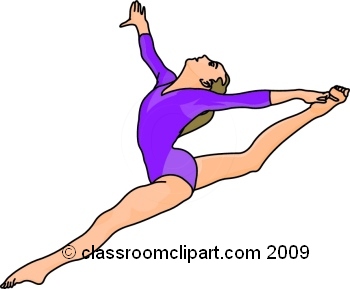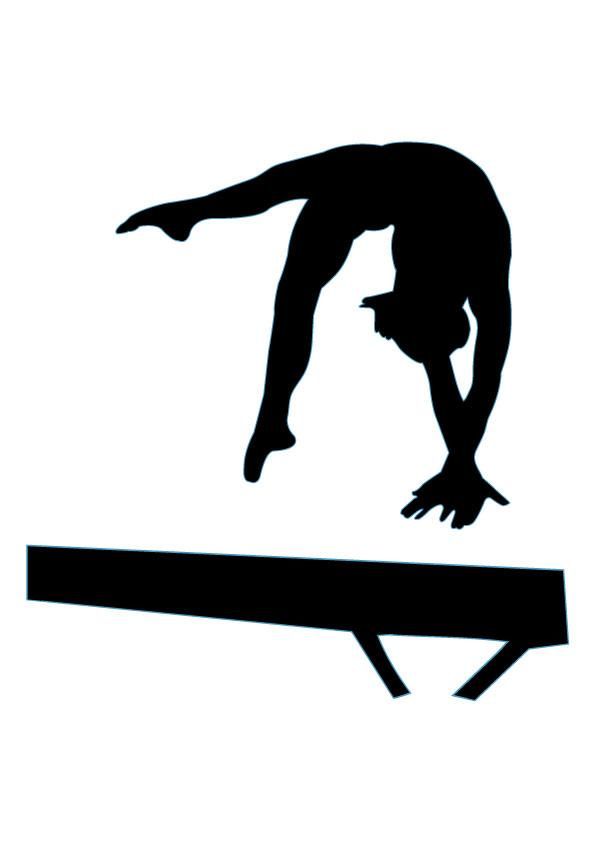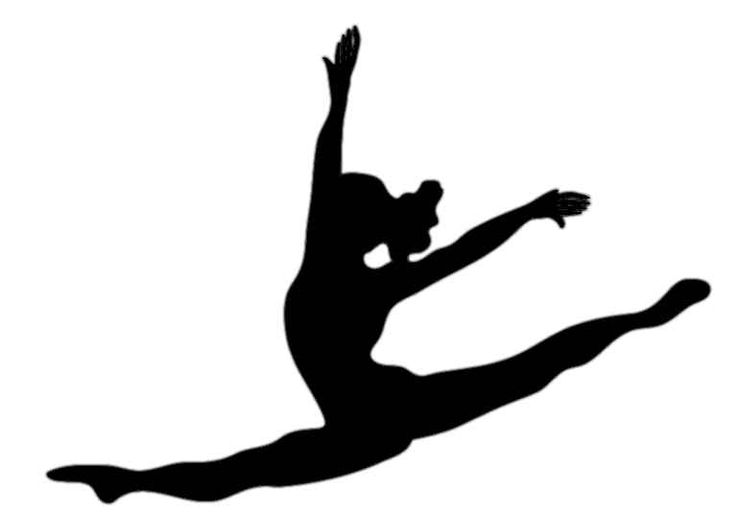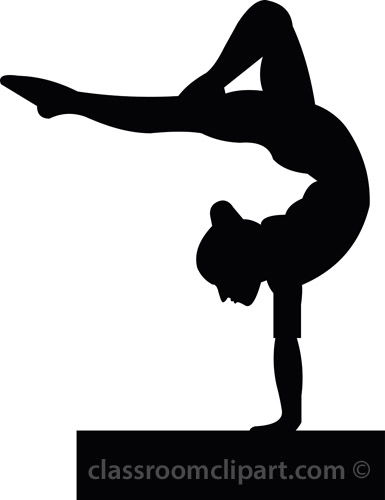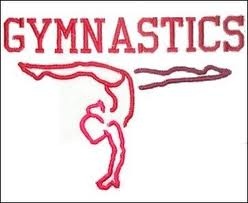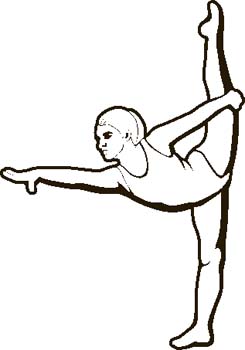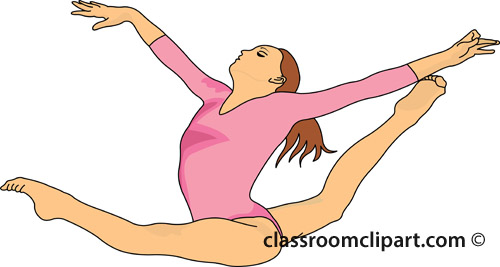Gymnastics Clipart
Gymnastics is a popular Olympic and artistic sport that involves the performance of exercises requiring balance, strength, flexibility, agility, coordination and endurance. The sport has ancient origins, mentioned in Greek literature as early as 480 B.C. Over the centuries, gymnastics has evolved from loose, unstructured acrobatics into highly competitive and demanding athletic events for both men and women.
Today, gymnastics is one of the most beloved sports worldwide, captivating audiences during the Summer Olympic games and other competitive meets with its gravity-defying flips, jumps, dance moves and apparatus routines.
Competitive Gymnastics
Modern gymnastics can be divided into three competitive disciplines: artistic gymnastics, rhythmic gymnastics and acrobatic gymnastics.
Artistic Gymnastics
Artistic gymnastics is the best known of the gymnastic sports and includes six events for men (floor exercise, pommel horse, still rings, vault, parallel bars and high bar) and four for women (vault, uneven bars, balance beam and floor exercise). Points are earned by successfully executing skills of varying difficulty on the different apparatus.
Rhythmic Gymnastics
Rhythmic gymnastics combines elements of ballet, gymnastics and dance using specially designed apparatus like hoops, ribbons, balls and clubs. Gymnasts perform flexible moves and balancing feats while handling the apparatus in flowing, rhythmic motions. It is only competed by female gymnasts.
Acrobatic Gymnastics
Acrobatic gymnastics features coordinated acrobatic routines performed by pairs, women’s groups (3) or men’s groups (4) without apparatus. It combines dance and tumbling skills, often with dramatic poses, balances and partnered lifts.
Gymnastics Skills and Techniques
Mastering gymnastics requires developing skills across all areas of physical ability. Key techniques gymnasts must perfect include:
Jumps and Leaps – Such as split leaps, wolf jumps, stag leaps and pike jumps.
Balances – Skills like the scale, arabesque, handstand and front walkover.
Rolls and Holds – Including front and back walkovers, valdez, splits and planches.
Swings and Circles – Like giants, pirouettes, hechts and inlocs.
Landings – Stuck dismounts from flips and release moves.
Each apparatus also requires its own specific skill set to maneuver on and off the equipment successfully.
Gymnastics Training
Elite gymnasts begin training very early in life, mastering basics like coordination, balance, strength and joint mobility. By age 10-12, rigorous daily practice intensifies to build the power and artistry needed for world-class routines.
Key training elements include:
- Strength – Lifting weights to support body control.
- Flexibility – Extensive stretching for agility and injury prevention.
- Cardio – Running, biking, swimming to increase stamina.
- Conditioning – Core, legs, shoulders targeted to the events.
- Diet – Fueling training without compromising low body weight.
- Mental Prep – Concentration, composure and confidence builders.
Gymnasts must repeat skills hundreds of times to engrain proper technique before adding difficulty and connections for competition.
Notable Gymnasts
Many gymnasts have emerged as legends of the sport. Famed women include:
- Simone Biles – The most decorated American gymnast with 25 World Championship medals and 7 Olympic medals in the all-around and apparatus events.
- Nadia Comăneci – Romanian gymnast who scored the first perfect 10 at the Olympics and racked up 9 Olympic medals, 5 of them gold.
- Larisa Latynina – Soviet gymnast who held the record for most Olympic medals at 18 over 3 Olympics until Michael Phelps surpassed her.
Famed men include:
- Kohei Uchimura – Japanese gymnast with 7 Olympic medals and over 20 World Championship medals recognised as the best male all-around gymnast ever.
- Nikolai Andrianov – Dominant Soviet gymnast who achieved 15 Olympic medals over 3 Games throughout the 1970s.
- Vitaly Scherbo – The only gymnast to win 6 gold medals at a single Olympics (1992) with a total career haul of 23 medals.
Gymnastics Injuries
As a physically grueling sport, gymnastics involves a high injury risk. The most common gymnastics injuries occur from repeated impact to joints and overuse:
- Ankle sprains
- Wrist sprains
- Knee injuries – anterior cruciate ligament (ACL) tears
- Back injuries – bulging/herniated discs
- Shoulder dislocations
- Stress fractures
Injuries often require surgery, rehab and adjusting techniques to continue competing at a high level. Preventative measures like screening for muscle imbalances, nutrition planning and adjusting volume/load can help reduce injury risk. Proper treatment and fanatical care returning from injury are also key for athlete longevity.
Gymnastics Clip Art
Clip art provides a quick and easy way to decorate documents, presentations, brochures, etc with gymnastics imagery. A wide variety exists online, much of it free for non-commercial use, including:
- Vector silhouettes performing skills
- Cartoon gymnasts on apparatus
- Leotard graphics
- Equipment vector icons
- Backgrounds/borders featuring gym motifs
When selecting gymnastics clipart, it’s important to pick appropriate resolution images for print vs digital use and ensure high quality versions are chosen. Descriptive keywords like “gymnast clipart”, “balance beam vector”, “gymnastics silhouette” etc can help surface fitting graphics.
Gymnast Vector Images
Vector images provide another gymnastics graphic option as scalable illustrations defined mathematically versus raster pixel formats. Pixelation doesn’t occur when enlarging vectors. Many depict flips, handstands, splits and other skills in minute detail.
These flexible vectors work for printing leotard/poster mockups, digital presentations, vinyl cutouts, projections and more. The SVG format converts best across applications vs AI/EPS versions specific to Adobe products.
Again, keyword searching is key – examples:
- “gymnast vector”
- “gymnastics skill vector”
- “gymnastics apparatus vector”
Creating Original Gymnastics Graphics
With some design software skills, creating custom leotard templates, backgrounds, banners and other graphics is doable for unique needs.
Steps include:
- Sketch concepts on paper
- Source base images – apparatus photos, leo fabric swatches etc
- Layout composite scenes using Photoshop/Illustrator
- Use pen, shape, transform and text tools to construct new graphical elements
- Adjust colors, add textures, apply effects to polish graphics
- Export final gymnastics graphics in optimal format – PNG, SVG, PDF etc
With practice, beautiful composites are possible – team posters, programme covers, Instagram stories and more!
Adapting Gymnastics Graphics
Existing gymnastics clip art can also be tailored to suit specific needs with editing tricks like:
Cropping – Isolating just the gymnast from the background to insert on a new one or accentuate her shape.
Color Changes – Altering leotard colors to represent club/school branding via Hue/Saturation adjustments or overlay layers.
Text Addition – Inserting custom text for event titles, gym names, inspirational quotes etc.
Element Integration – Adding new background elements like podiums, wall graphics or apparatus.
Adapted graphics retain the ease of clip art but offer personalized flair!
So in summary, gymnastics graphics offer an excellent way for fans, coaches and athletes to showcase their passion through articles, websites, gifts and projects!
In this page clipartix present 51 gymnastics clipart images free for designing activities. Lets download Gymnastics Clipart that you want to use for works or personal uses.






